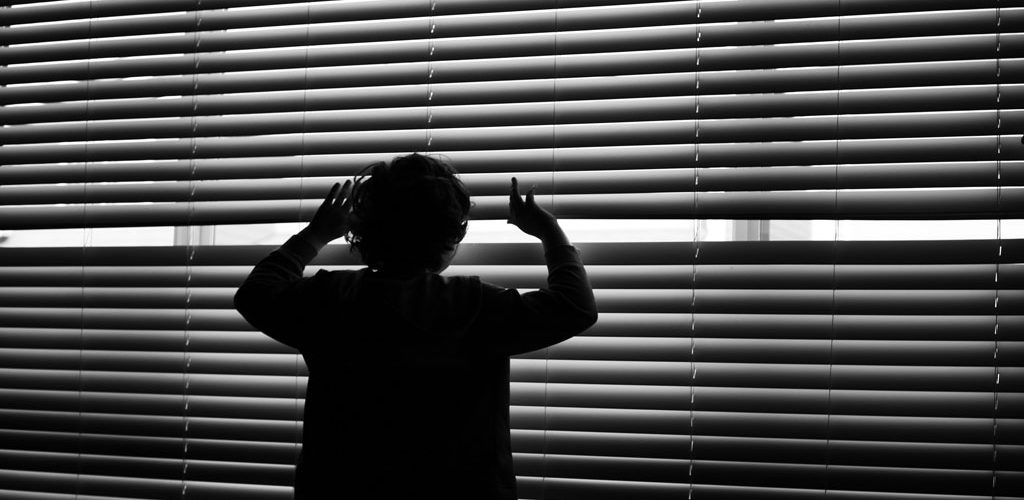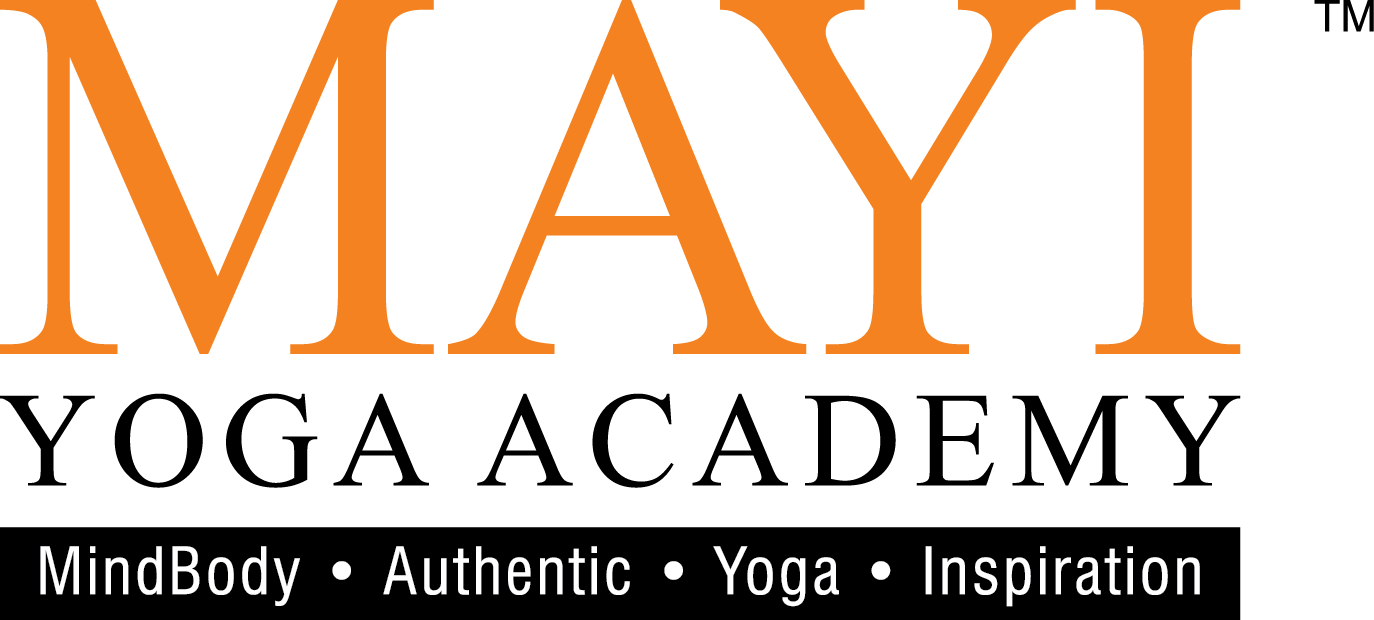A Safe Exploration Space for the Visually Impaired
- December 29, 2018
- Posted by: admin
- Category: Featured Content,

By Roshani Vijaya Kumar
Yoga is the union of the body and mind, and as dancers, we practice simple yoga asanas as warm up exercises before actually dancing. Because dance is a form of yoga where the mind and body becomes one, I started seeing yoga in everything I did on a daily basis –even in something as simple as that rejuvenating sensation of hot water trickling down the back of my neck when I showered.
Suddenly it dawned on me that there may be a chance of me spreading this beautiful feeling of practicing Yoga to others who have yet to discover this form of joy.
Every instructor has to go through formal training before they start teaching. Only when I started teaching, did I realise that instructors themselves go through a learning process in every class they teach. Choosing the correct words to give instructions, demonstrating the poses, feeling the pose internally and experiencing the benefits were really an eye opener for me. As time went by, I became more aware of the nuances involved.
Yoga for Blind
Teaching my usual class was a learning experience and when I chose to reach out to those who were visually impaired, the experience became more of a journey towards realisation. Teaching these wonderful souls has taught me that as an instructor, it is my duty to ensure that the students get the best out of every session – not the instructor. When I started off teaching, I used to practice every flow with the students as I was under the impression that if they see me do it, they would follow and do the same. However, teaching yoga really has more aspects to it than just to “blindly” demonstrate. Every student has their own strengths and weaknesses, and it is the job of the instructor to observe and improvise the flow accordingly. The best instructors allow space for the students to venture and explore – to find what “feels right” for them.
The yoga classes for the visually impaired has taught me something invaluable about focus. Those of us who are blessed with normal eyesight may use our eyes unwittingly to judge, compete or compare with others in the class. Instead of focusing on deepening our own practice, we unconsciously divert our attention observing the ability of the person next to us.
What I have observed and learnt is that those who are visually impaired channel all their thoughts to their personal practice. This allows them to benefit at a whole different level – internally.
When the sense of sight is not used, our awareness opens up to all other senses including the ability to sense one of the most essential elements of Hatha Yoga – the core strength, the life force, also known as Prana. For instance, when attempting balancing asanas at beginner level such as Tadasana or Samasthiti (simple standing pose) or at advanced level such as Sirsasana (headstand), the sighted tend to use less of the core strength to balance as they are confident of the surroundings. Many instructors tell their students to find a point or object and focus on it to prevent losing balance. However, this is challenging for the visually impaired. Hence, engagement of the core to maintain balance is required. Try balancing by just standing on your feet with one or both heals off the floor. Then close your eyes. What does that feel like?
I must confess that it was really challenging when we first started yoga at the Malaysian Association for the Blind. I had to provide detailed step-by-step instructions, guide and assist them through the movements. The wall was used a lot for support. To my surprise, they managed to grasp the words I have been using in my class , and now the whole warm up session i.e. the “Pawanmuktasana Series” to loosen up the joints, is simply done by listening to my verbal instructions without any physical contact.
My journey of practicing and teaching Yoga has never failed to amaze me as I have come to realise that whether sighted or visually impaired, there is no end to exploring our capabilities.
